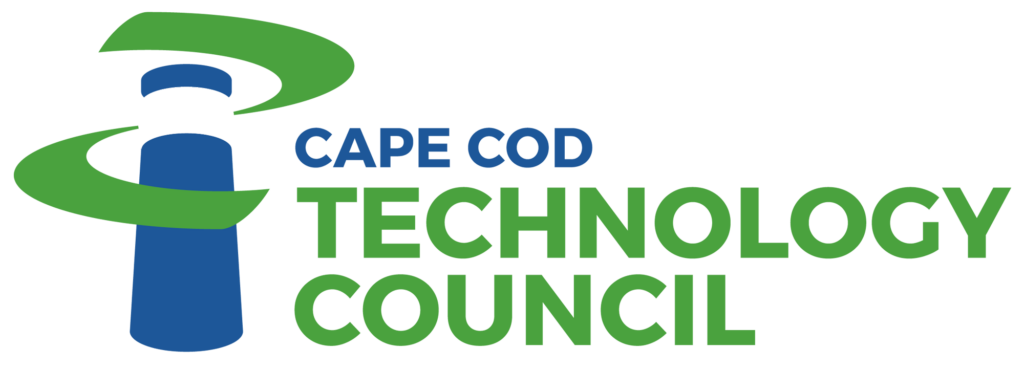On Friday, June 14 we celebrated the completion of the OpenCape regional, open access, fiber-optic network. Construction of over 300 miles of network is completed, serving 37 towns in ways that are both immediately needed and not yet imagined.
The celebration was hosted by Massachusetts Maritime Academy, featuring Governor Deval Patrick, State Senate President Therese Murray and Senator Dan Wolf. It was attended by many legislators and town Selectmen.
The celebration was the fruit of a seed planted seven years ago by businesses and organizations that were frustrated by a system that did not meet their needs. It became evident that if was going to change, they needed to do it. Now, the network is a state-of-the-art infrastructure that runs through 70 anchor institutions, connecting to schools, hospitals, businesses and more.
So what do we do with it? Several speakers shared their thoughts and experiences
Governor Patrick, one of the earliest and most steadfast supporters of the build, shared a story about a family in Western Massachusetts who did their homework in the car in a library parking lot. It was the only wifi hotspot for miles. He said he often thought of that family, and the ways people in these two regions (western Massachusetts and Cape Cod) feel cut off from the economic mainstream.
He observed that brain power is Massachusetts’ most important domestic product, and that technology is the new roads and bridges. Government can’t solve every problem, he said, but it can help us help ourselves.
“Growth is a choice,” Governor Patrick said. “Make the most of it.”
Senator Wolf described his business, Cape Air, as “a tech company that flies airplanes.” You can’t have a business without technology.
The project is fueled by funding and thousands of hours of volunteer time. The first money came via the Cape and Islands license plate, through the Economic Development Council. This seed money allowed OpenCape to hire the first people, getting the ball rolling. From there, they were able to secure federal funding. Over 120 similar projects have been federally funded across the country.
CapeNet is the operator of the OpenCape Network. Alan Davis, President and CEO of CapeNet, said they are “in for the long haul and we will do what it takes. The entire region will be proud to say they were part of this project.’
The celebration was not a time to rest on laurels. As Dan Vortherms, CEO of OpenCape Corporation, pointed out, the network is not the end. It’s the means to an end. There’s no corporate entity that dictates how it is used. Anyone can gain access and provide advanced service.
What does it mean to your industry?
The first customer was Otis Air Force Base, which shows faith in the reliability of the network and the project.
Brigadier General Gary W. Keefe, Executive Director of Massachusetts Military Reservation, observed that “if you are one of the communities that’s not connected, you are so far behind.” The network allows the base to partner with the public sector and private companies. “With Otis’ 24/7 mission,” he said, “it’s a beautiful fit.”
Art Gaylord, Chairman of the OpenCape Board and Director of Computer Information Services at WHOI became involved because part of his job is providing network connectivity. At WHOI, he struggled with getting enough bandwidth in the relative seclusion of Woods Hole.
As they developed the plan for the network, they “future proofed” for the things they’d need down the road. These aren’t esoteric goals, Art said, it’s serving the needs of everybody – not just the most exotic needs. “Let’s think beyond the everyday.”
The new network allows for telepresence and is designed for extremely short delays. The science happening onboard ships is available to share – everyone can see what’s happening, in real time. We could stream science as it happens into the schools. It would be the best field trip ever, with no bus ride.
This example is also applicable to health care and many other industries. A world-class infrastructure serves the region in terms of jobs and can bring communities together on tough issues (like wastewater).
Good decisions need good data. We can use the network for this, including by engaging citizens. All of it is possible. It only takes imagination.
Furthermore, open access means open competition. If a need isn’t being met, anyone can step in and fill it. How rich this becomes depends on the efforts of all of us.
Craig Settles, author of Building the Gigabit City, said the way to get people to care is to help them understand where the value is. He gave us four ways to to illustrate value:
1) Improve how we educate. Work groups become the world. We can collaborate with other schools, and other countries.
2) Streamline the business of local government, so there are more people online, not in line. This makes for a more engaged population.
3) Transform health service delivery. Connect hospital facilities, physicians and specialists so all can communicate across the state or country. Possibilities include tele-health developments, basic level preventative health care, and ways to enable seniors to stay in their own homes.
4) Foster economic development. The network encourages companies to come here or to grow here. Broadband is a major tool of how people do business. The network enables people to start businesses at home – big businesses and micro businesses. Video conferencing and collaborating is made easier. Other cities are starting to demonstrate economic advancement.
Craig concluded with the observation that successful network projects do one main project. What’s ours? A project builds credibility and financial sustainability.
The OpenCape Network happened because we all worked together. And now that it’s here, we can all work together better. Think of the possibilities.
